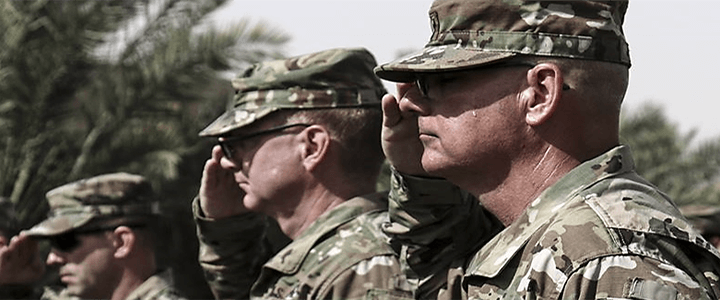In this new multi-part series, we are using a recent Rand Corporation report to look at how military personnel can better use skills learned from their military service – both technical and non-technical – to get a civilian job more closely matched to the one they were trained to do while in the military. As part of the study, the RAND Corp. used standard U.S. Department of Labor civilian occupation surveys to interview soldiers in ten of the most populous Army Military Occupation Specialties (MOSs) at four different posts to find out what knowledge, skills and abilities (KSAs), and other information was needed to do their jobs.
The data was then analyzed and compared using an algorithm with the intent of creating a better match of soldiers holding those select Army MOSs to jobs in the civilian world.
The reason for the study
The military/civilian crosswalks in use today are inadequate, or at the very least not as useful as they could be. Some of the matches don’t relate to an MOS as well as they should; some not at all, as we will find out. Having a better military/civilian crosswalk system would more closely match service members transitioning out of the military to existing civilian job vacancies. And not only were just KSAs looked at, but also work content, activities and style, along with non-technical soft skills, such as teamwork, leadership, training, coaching and mentoring.
To establish matches, survey data from each MOS selected was compared against all 761 standard civilian occupations. Using a “distance metric”, a value between 0 and 100 was assigned to each survey question with an overall score of 100 being the best military/civilian match. Each question was comprised of many different attributes totaling up to a possible 100. For the report, matches of at least 80 or higher were considered high-quality matches.
For example, let’s plug data from the report into a formula used to calculate the “importance value” of just three select attributes between the “generic” MOS of an 11B Infantryman, and a civilian Firefighter and Construction Laborer.
| Attribute | 11B MOS(A) | CivilianJob (B) | (A-B) | (A-B)2 |
| Firefighter | ||||
| Critical Thinking | 4.25 | 3.56 | 0.69 | 0.48 |
| Trunk Strength | 4.46 | 3.57 | 0.89 | 0.79 |
| Attention-to-detail | 4.81 | 4.19 | 0.62 | 0.38 |
| Total Score | 1.65 | |||
| Construction Laborer | ||||
| Critical Thinking | 4.25 | 2.88 | 1.37 | 1.88 |
| Trunk Strength | 4.46 | 3.12 | 1.34 | 1.80 |
| Attention-to-detail | 4.81 | 4.04 | 0.77 | 0.59 |
| Total Score | 4.27 |
NOTE: Each attribute has a score range of importance between 0 and 5 with 0 being the best. The closer to 0, the higher number of points garnered for the question on a whole.
Data source: http://www.rand.org/pubs/research_reports/RR1719.html
The above chart shows a Firefighter with a Total Score of 1.65 is a better match than a Construction Laborer with a Total Score of 4.27. However, when going to the 11B military crosswalks at O*NET and My Next Move for Veterans, neither show a firefighter as being a match, however both show Construction Laborer.
In future articles of this series, we’ll look at 1) the other nine Army MOSs surveyed and see how they stack up to jobs in the civilian world, along with 2) some factors affecting the number of matches, such as jobs requiring a certification or college degree, and 3) how this information can better help prepare military personnel transition to the civilian world and into a job more commensurate with their skills.




